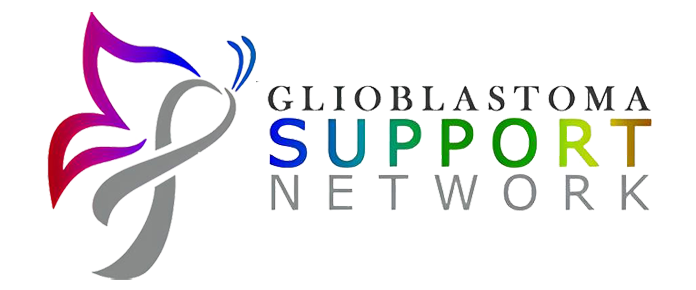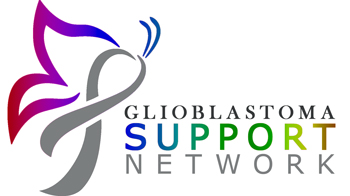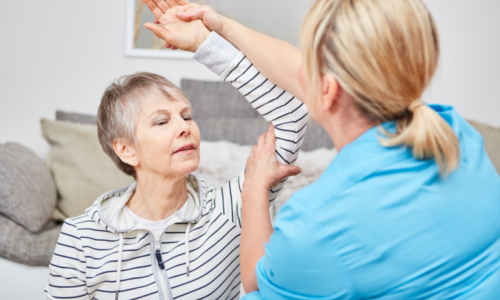Occupational Therapy: What it May Look Like For You and Your Loved one with GBM
Author: Amanda Beaton, Master of Occupational Therapy Colorado State University
During and after treatment(s) for a brain tumor, patients often have trouble doing the day-to-day things they are used to doing such as work around the house, hobbies, or tasks related to their career or profession. In many cases, even the seemingly simple tasks such as getting dressed, brushing one’s teeth, or eating become more difficult due to the side effects of GBM and its treatment(s). Occupational therapists work with patients to help support their return to daily activities (aka occupations) that they need and want to do. From self-care activities to home management to resuming meaningful occupations, occupational therapists work with patients to set personal goals and help them achieve those goals through a personalized holistic therapeutic intervention plan.
For an individual with a diagnosis of GBM, occupational therapy would likely begin in the acute and inpatient settings—after surgery and other intensive treatments. In this setting, occupational therapy is likely to focus on a patient’s basic ADLs (Activities of Daily Living) which include self-feeding, grooming, dressing, bathing, and toileting. After treatments such as surgery—depending upon the location and severity of the tumor—patients may experience side effects much like the initial signs and symptoms of GBM including issues with balance, memory, attention, vision, sensation, fatigue, and weakness. Occupational therapists can help support increased safety and independence in performance of these basic ADLs by training patients in the use of adaptive equipment as necessary and compensatory strategies such as energy conservation and task modification techniques to combat issues like deconditioning and weakness. Occupational therapists can also help train caregiver(s) in providing assistance to patients as needed, including education and training in transfer and fall prevention techniques. Additionally, occupational therapists can help support the safety and independence of patients upon return home by assessing the patient’s home environment and current functional status to make skilled recommendations for home modification and use of durable medical equipment as needed. Examples of possible therapeutic recommendations could be: installation of grab bars in the bathroom, installation of bed rail, use of raised toilet seat/bedside commode, use of shower chair/transfer bench, installation of threshold ramps, reorganization of main living spaces, removal of throw rugs/fall hazards, and so much more. Occupational therapists can also support patients in incorporating alternative pain management strategies into their daily lives.
Going Home…
After discharge from the hospital, it is recommended that patients and their families continue to seek out occupational therapy services to support continued safety and independence in performance of daily occupations once back home. Your medical and rehabilitation team are likely the best resources for a referral to local occupational therapists who can provide quality personalized services on an outpatient or home health basis. Insurance may cover this, but if not, there are other resources available to determine more affordable occupational therapy options so that you/your loved one can continue to receive these valuable therapy services. In addition to working on maintaining the most independence possible in basic ADLs, outpatient/home health occupational therapists can work with patients to develop safe and creative strategies for reengaging in meaningful activities such as hobbies, cooking, parenting/grandparenting duties, taking care of pets, exercising, managing medications, returning to work/volunteering, and much more. Occupational therapists have the training and skills to help address a large variety of issues that those with GBM are faced with daily including both cognitive and physical impairments. Occupational therapists can provide patients as well as caregiver(s) and family members with techniques to make daily life safer and easier, reducing stress and limiting excessive fatigue. They can also train patients in adaptive strategies and compensatory techniques such as using memory/attention aids to manage home duties for those struggling with cognitive side effects or incorporating adaptive kitchen equipment and utensils for those with physical side effects such as loss of sensation or coordination difficulties.
Maintain safety and independence.
The things that you do every day, the roles that you fill, and the rituals and routines that give your life meaning are often harshly interrupted by a diagnosis of GBM and the subsequent health battle that ensues. Occupational therapy seeks to help patients and their families navigate these major life changes and restore life balance by holistically problem-solving unique solutions to daily problems. The goal of occupational therapy for those with GBM is likely to focus on maintenance of safety and independence in performance of daily activities, prevention of further functional decline as the disease progresses, and facilitation of increased quality of life. Research has shown that occupational therapy can help reduce and slow functional decline associated with cancer-related disability, which can in turn improve tolerance to treatments, reduce hospitalizations, and support greater time spent safely at home as the disease progresses. Occupational therapy has also been shown to significantly increase occupational performance and quality of life for individuals with advanced stage cancers.
Amidst the life-altering battle that is GBM treatment and rehabilitation, there is hope. Talk to your doctor about getting a referral for occupational therapy services and research available options in your area for more detailed information.
Written by: Amanda Beaton, Master of Occupational Therapy Colorado State University





